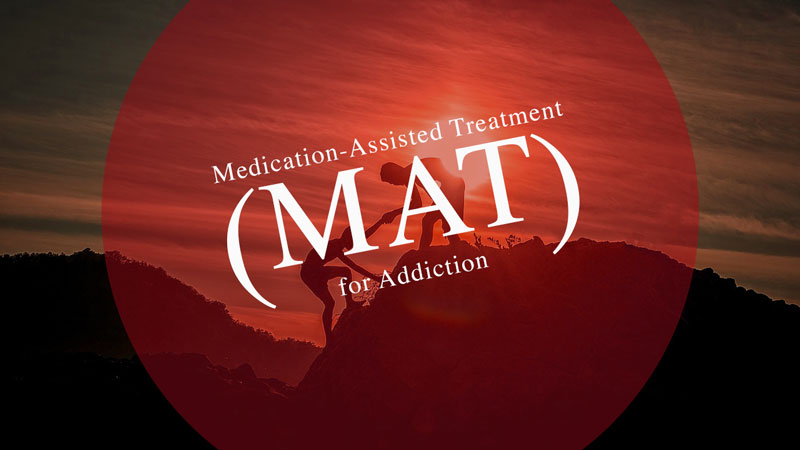Conclusion
AATOD believes there are ways to have a safer “middle ground” for expanding access to treatment. When medications are needed to treat this disease, it is best to provide a comprehensive array of services for as long as the patient needs them. Both NIDA and SAMHSA have demonstrated that medication alone is rarely associated with long-term successful patient outcomes.
Given what has been learned about the unintended consequences of prescribing methadone for pain, as described earlier in this paper, AATOD’s view, from a policy standpoint, is that it is unwise to have primary care practitioners induct new patients onto methadone maintenance treatment or to consider using methadone to “detox” patients from opioids. While we believe these practices are countertherapeutic and dangerous, our judgment leads us to believe that primary care practitioners, working in conjunction with OTPs, could be valuable in treating fully stabilized patients. With this treatment model, the OTPs are the addiction specialty hub site and primary care practices become extensions of the OTPs. Linkage back to the hub site would provide accessibility to patients and providers for restabilization and increased recovery services and support as needed. Clearly, this model would need to be developed as treatment protocols are put into place to ensure safety and to not expose patients to unintended danger. Additionally, it is worth considering the prospect that some entities, such as Johns Hopkins, may utilize pharmacies to treat even more stabilized patients, as they do when patients pick up medications to treat any other chronic disorder.
In conclusion, we should not dismiss lessons learned over the past 50 years, nor should we try to marginalize the value of providing support services when using medications to treat OUD, as long as they are competently provided and well-coordinated
We must do all that we can to provide effective care to those who suffer with OUD. Stigma and discrimination are still major problems that loom over any effective public policy as our nation continues to struggle with the reality of OUD. Without question, a multi-year and effective public health education campaign is essential as all treatment programs and systems confront the problem of dealing with this chronic, public health epidemic.




Leave a Reply